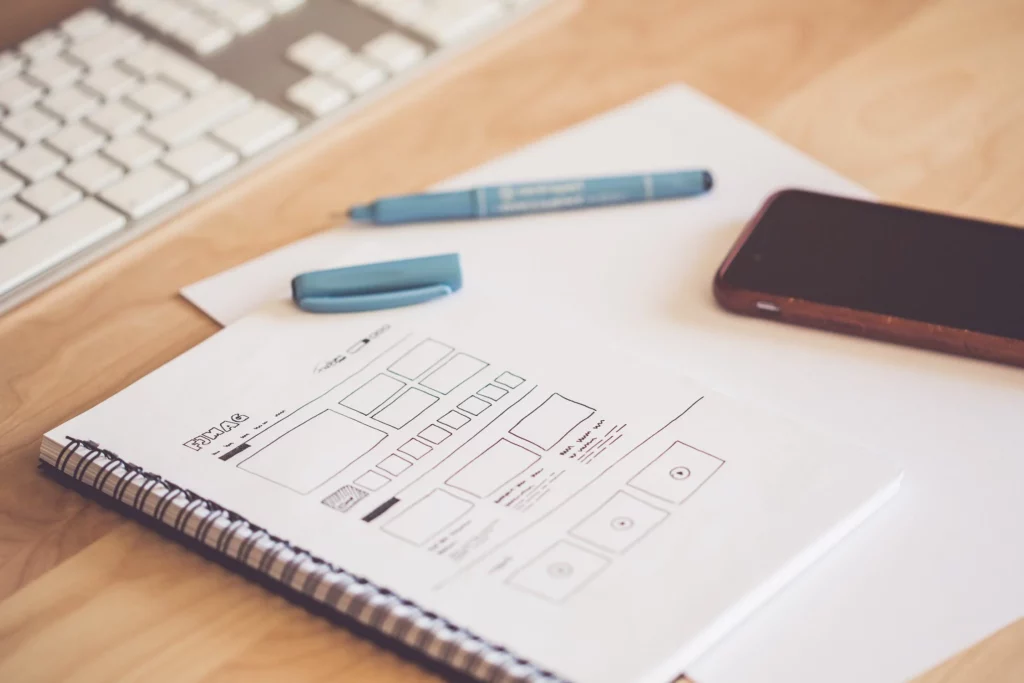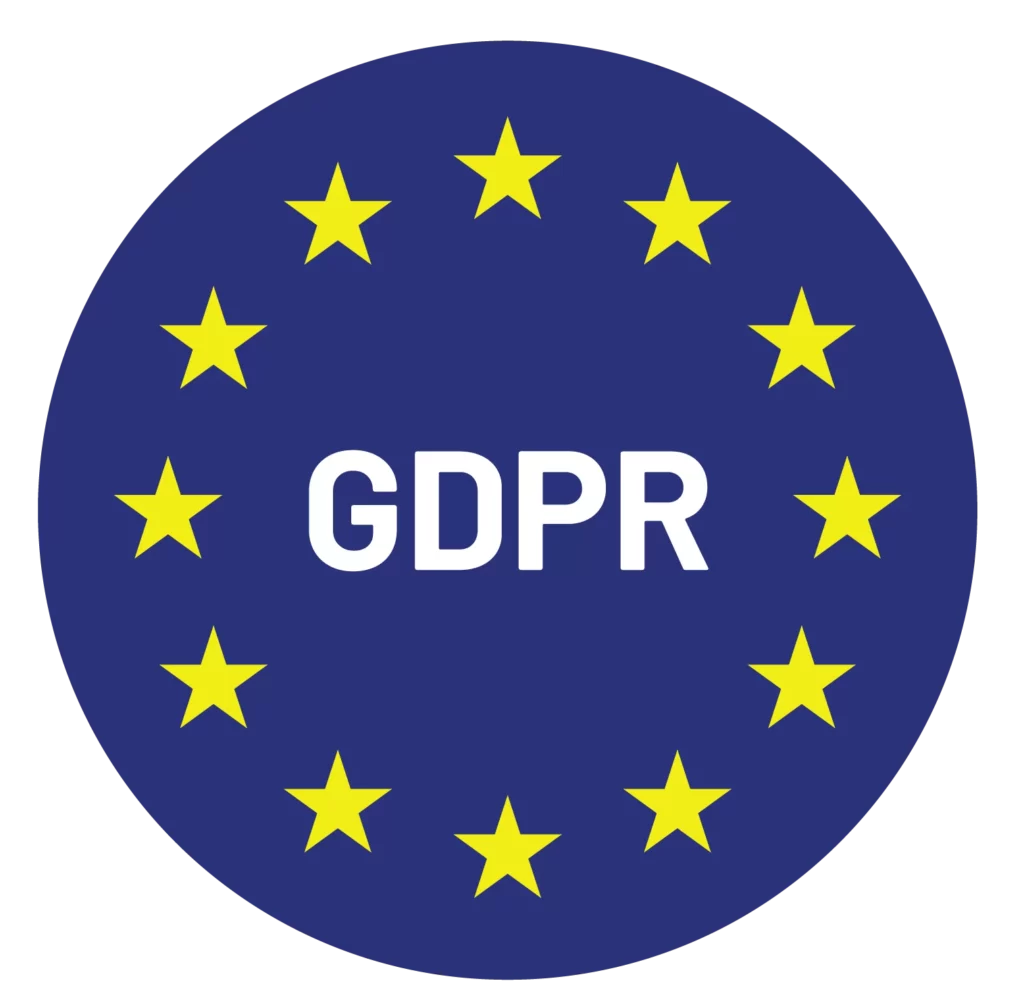Helping clients achieve their goals shouldn’t feel like trying to spoon-feed a toddler – so let’s make therapy goals fun and attainable, shall we?
Helping clients set clear and achievable goals is a cornerstone of effective therapy.
A well-structured therapy goals worksheet can serve as a roadmap for both you and your clients, guiding the therapy process and ensuring that both parties are working towards the same objectives.
In this article, we’ll explore how you can leverage a therapy goals worksheet to enhance your practice and support your clients’ progress.
3 Benefits of Using a Therapy Goals Worksheet
A therapy goals worksheet can have a significant impact on the overall effectiveness of your therapy journey.
Let’s look at 3 benefits of incorporating this simple tool into your sessions:
1. Clarification of therapy objectives
A therapy goals worksheet removes any mystery surrounding the therapy process by clearly outlining the objectives.
For example, a client struggling with anxiety might have a goal to reduce panic attacks from three times a week to once a week. This clarity ensures that both you and the client are aligned and focused on the same outcomes.
2. Tracking progress and adjustments throughout the therapy journey
There’s something incredibly satisfying about marking off milestones. The same goes for therapy.
A goals worksheet allows both you and the client to track improvements and adjust the therapy plan as needed.
Suppose a client’s goal is to improve communication with their spouse. The worksheet can help track instances of positive communication and areas for improvement.
3. Enhancing client engagement and motivation
Therapy can be tough but having clear goals can be a huge motivator for your clients.
Celebrating small wins, like successfully employing a new coping strategy, can provide a sense of accomplishment and encourage continued effort.
Now, let’s delve into the key components that make up an effective therapy goals worksheet.
What Does a ‘Goals for Therapy’ Worksheet Comprise?
A therapy goals worksheet is more than just a list of objectives. It’s a tool that helps structure the therapeutic process. Here’s what it should include:
1. Short-term and Long-term Goals
Start with distinguishing between short-term (managing symptoms) and long-term goals (personal growth and behavioral changes).
For example, a realistic short-term goal for someone with depression might be engaging in physical activity for 30 minutes, three times a week, instead of aiming for daily workouts immediately.
2. Progress Made
The therapy journey isn’t always smooth sailing. Include a section for ongoing evaluation of goals, allowing for reflection on what’s working and what needs adjustment. This can be done through regular check-ins during therapy sessions.
3. Obstacles Encountered
Therapy is a process of self-discovery and change, and it’s not always easy.
The worksheet should include a space to identify any obstacles that might hinder progress toward your goals. These obstacles could be internal (negative self-talk, fear of change) or external (lack of support system, time constraints).
By acknowledging these challenges, you and your client can develop strategies to overcome them and stay on track.
4. Next Steps
The “Next Steps” section of the worksheet should be a collaborative effort between you and your client.
Here, you can brainstorm specific actions the client can take outside of therapy sessions to work towards their goals. This might involve practicing relaxation techniques, trying new communication styles, or seeking additional resources like support groups.
By outlining clear and actionable steps, you can help them feel empowered to take an active role in their progress.
Now that you understand the key components of a well-structured therapy goals worksheet, let’s put it into action!
Template: Your Go-to Therapy Goals Worksheet
Copy the template below to use during your next therapy session, or create your own following this format:
A. Short-Term Goals (1-3 months)
- Goal 1: (e.g., Improve sleep quality by establishing a regular sleep schedule)
- Goal 2: (e.g., Practice mindfulness meditation for 10 minutes daily)
B. Long-Term Goals (3+ months)
Goal 1: (e.g., Reduce anxiety symptoms and manage stress more effectively)
Goal 2: (e.g., Develop healthier communication skills in relationships)
C. Progress Made
Briefly reflect on your client’s progress toward each goal since the last session.
- What has been working well?
- Are there any adjustments needed?
D. Obstacles Encountered
Identify any internal or external challenges that may be hindering the progress.
Examples: negative self-talk, lack of time, limited support system.
E. Next Steps
Collaborate with your client to brainstorm specific actions you can take outside of therapy to move closer to your goals.
Examples: practicing relaxation techniques, role-playing communication scenarios, and attending support groups.
F. Additional Notes
Use this space to record any additional thoughts, questions, or insights that the client might have during the therapy session.
Note: This worksheet is a collaborative tool. Feel free to adapt it to your specific needs and preferences, and work with your client to ensure it remains a valuable resource throughout their therapeutic journey.
Now, let’s explore how to effectively utilize the therapy goals worksheet in your practice.
How to Effectively Use the Therapy Goals Worksheet
Here are four ways you can maximize the effectiveness of your therapy goals worksheet:
1. Starting each session by reviewing set goals
Start each session by reviewing the worksheet’s goals. This keeps the session focused and ensures that the therapy remains goal-oriented.
2. Regularly updating goals to reflect the client’s growth
As the client progresses, their goals may evolve. Regularly updating the goals to reflect their growth ensures that the session remains relevant and challenging.
3. Using the worksheet as a communication tool between therapist and client
The worksheet can facilitate open communication between you and your client, ensuring clarity about goals, progress, and any obstacles encountered.
4. Incorporating feedback mechanisms for goal adjustment
Encourage clients to provide feedback on their goals and the therapy process. This can help in making necessary adjustments to the goals and therapy approach.
Read: How to Create a Feedback Loop in a Coaching Management System
Finally, let’s discuss some tips for setting impactful therapy goals that resonate with your clients and foster their growth.
5 Tips for Setting Impactful Therapy Goals
Here are 5 proven tips to help clients set impactful therapy goals:
1. Ensure goals are specific, measurable, achievable, relevant, and time-bound (SMART)
Ensure goals are Specific, Measurable, Achievable, Relevant, and Time-bound (SMART). This framework increases the likelihood of success and provides clear benchmarks for progress.
Here’s why SMART goals are effective:
- Specific: Clearly defines what you want to achieve. (e.g., Reduce stress)
- Measurable: Establishes a way to track progress. (e.g., Decrease self-reported stress levels from 8/10 to 4/10 within three months)
- Achievable: Sets a goal that is realistic and attainable within your capacity.
- Relevant: Aligns with your overall values and aspirations
- Time-bound: Sets a specific timeframe for achieving the goal
2. Align goals with the client’s values and aspirations
Clients are more likely to stay the course when the goals mean something personal to them. For instance, a goal related to improving family relationships may be particularly meaningful for a client who values family highly.
3. Encourage client ownership and involvement in goal-setting
Empower clients to take ownership of their goals by actively involving them in the goal-setting process. This creates a sense of responsibility and commitment to their therapy journey.
4. Adjust goals based on therapy progress and client feedback
Therapy is a dynamic process, and goals may need to be adjusted based on the client’s progress and feedback. Regularly reviewing and adjusting goals ensures that they remain challenging yet achievable.
5. Subscribe to a Digital Coaching Platform
Digital coaching platforms can be incredibly helpful in managing the therapy process. They can help in setting and tracking goals, scheduling sessions, communicating, and streamlining administrative tasks – allowing you to focus more on delivering effective care.
Simply.Coach is a great example of a digital coaching platform that’s tailored for therapists. It’s a HIPAA-compliant therapy practice management software that supports therapists in fostering client growth, whether the sessions are conducted in person or online.
Here are some of its features:
- Goal & Development Planning: Create and track SMART goals and assign actions to keep your clients accountable. You can ask clients to input their goals to encourage client ownership, and they can update their goals from their client portal
- Session Notes: Capture notes and tag them to sessions. Use different templates based on your approach or client
- Session Scheduling & Management: Streamline scheduling and managing sessions, reducing the time spent on back-and-forth discussions
- Digital Assessments & Forms: Use digital assessments and forms to gather important information and gather feedback
- Resource Sharing: A centralized space to store the resources (media, links, documents) that you may want to share with a particular client – accessible to them in their client portal too
Read: Top 5 Practice Management Software for Therapists and Psychologists
Conclusion
A therapy goals worksheet is a powerful tool that provides clarity, direction, and a means to track progress.
By incorporating the components outlined above and following the tips, you can create a structured and goal-oriented therapy environment. It can also empower clients to achieve their objectives and experience change.
As you explore the vast landscape of resources available, consider how platforms like Simply.Coach can integrate seamlessly into your workflow. It offers a comprehensive solution that covers everything from goal-setting to client management and helps you take all your existing practices and methodologies online.
Sign up for the free trial today and unlock the full potential of your therapy practice.
Read More:
How to Maximize Coaching Income with Coaching Management Software
10 Coaching Platforms for Your Coaching Company to Function Frictionlessly
Should You Invest In Software Solutions As a Coach? Here Are 5 Things to Consider
What Are the Benefits of a Coaching Software?
Simply.Coach: A Comprehensive Online Coaching Platform to Grow your Business
The Top 5 Benefits of an Executive Coaching Management Platform
About Simply.Coach
Simply.Coach is an enterprise-grade coaching software designed to be used by individual coaches and coaching businesses. Trusted by ICF-accredited and EMCC-credentialed coaches worldwide, Simply.Coach is on a mission to elevate the experience and process of coaching with technology-led tools and solutions.









